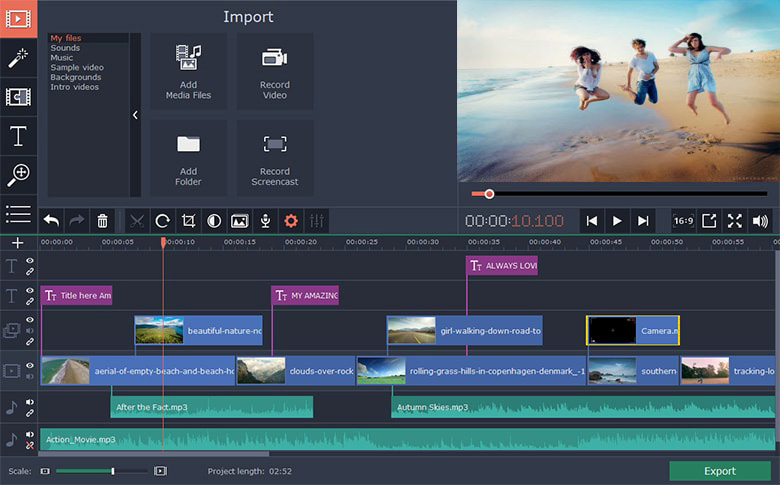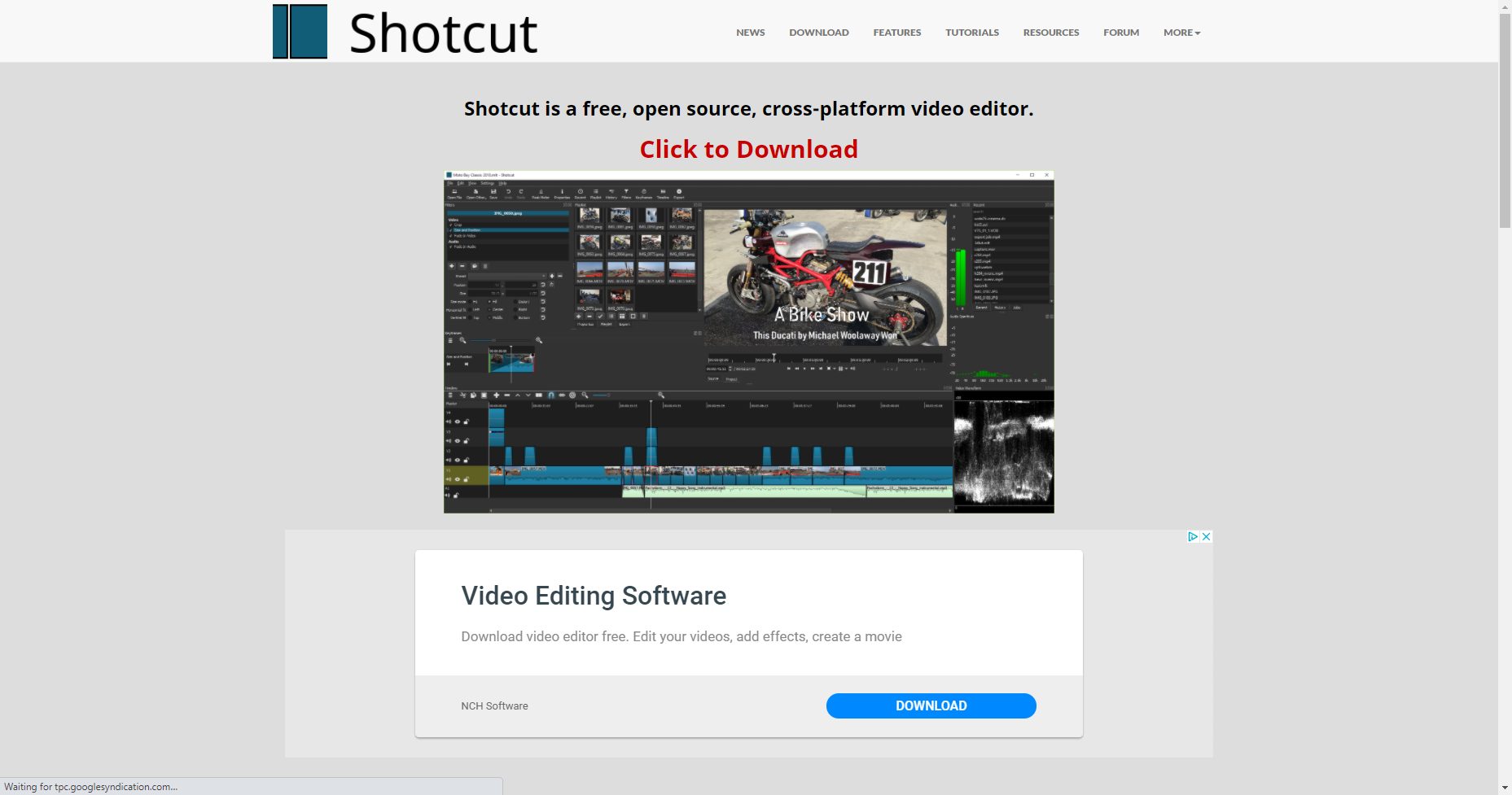

The Shure SM7B doesn’t require phantom power, but you may want to consider it if you have an aversion to maxing out the gain on your mixer. Shure SM57 acoustic guitar: Related: Home studio recording: Everything you need to record on a budget If you need to record something like an electric guitar amp, this is the mic to get. The die-cast steel exterior is durable and can take a few drops while on tour. You may also want to look into the Shure SM57, which is specifically tuned to withstand live performances thanks to its high loudness tolerance. By using two microphones, you can get the best directional sound for each instrument and this will drastically affect the clarity of your audio. We recommend using a condenser microphone like the Rode NT1 or NT1-A for your guitar, and then sticking with an unobtrusive vocal microphone for your voice.

If you’re going to be playing an acoustic guitar and singing for your video, you’ll want to get two microphones to ensure the best audio quality. Shure SM58 speaking sample: Shure SM58 singing sample: Shure SM58 electric guitar with amp: Shure SM58 acoustic guitar: Remember, these are all excellent options for their specific use cases. In that case, you’d want something out of frame like a shotgun microphone, or a slim option like the Blue Ember XLR.

However, it wouldn’t be realistic or even usable, really, for vlogging. If you’re planning on streaming for gaming, the Blue Yeti is a great pick because of its versatile recording pattern options and relatively compact size.

How you categorize your channel and what kinds of videos you intend to make, will determine what style microphone best suits you.
#FREE EDITING APPS FOR YOUTUBE VIDEOS ON MICRO HOW TO#
Related: How to solve common recording problems Think about the kind of channel you’re developing Plus, they reject off-axis noise much better than omnidirectional mics. Cardioid polar patterns are great because you don’t have to be overly precise about placement. One that repeatedly appears for the best mics for YouTube is cardioid, which predominantly records what’s in front of the microphone, while omnidirectional mics record all surrounding sounds. You have to consider your needs: are you recording in a controlled environment or an unpredictable one? Do you plan to do much editing after the fact or are you more focused on recording an event as-is? Well, fortunately, we have a comprehensive guide on finding the right microphone, but if you walk away with one thing in mind it’s to know that there exist a few different polar patterns. Generally speaking, picking out a microphone is a daunting process. This is a great plug-and-play microphone for both Macs and PCs and can be used for podcasting, musical recordings, gaming, and more.Ī cardioid pickup pattern can record sound from the front and sides of the unit. This is great for people who aren’t yet familiar with digital audio workstations like Adobe Audition. What’s more, you can also take advantage of the Blue VO!CE audio software, which provides presets and the ability to create your own custom sound. The knob on the front of the cylindrical body also lets you quickly mute the microphone, adjust the output level to your headphones, and blend the amount of computer audio and microphone audio that’s relayed into your in-ear monitors. High-res LED metering lets you monitor your voice levels with an 11-segment meter, allowing you to easily adjust the gain on the fly so as to avoid clipping. For one, the Blue Yeti X records 24-bit/48kHz audio, which means you’re afforded more flexibility in post-processing compared to the original which records 16-bit/48kHz audio. While the exterior remains similar to the original Blue Yeti, there are a few key differences.


 0 kommentar(er)
0 kommentar(er)
